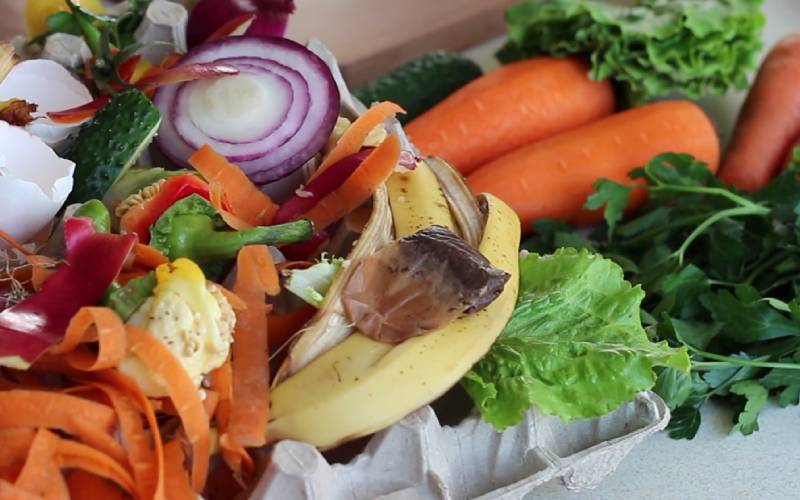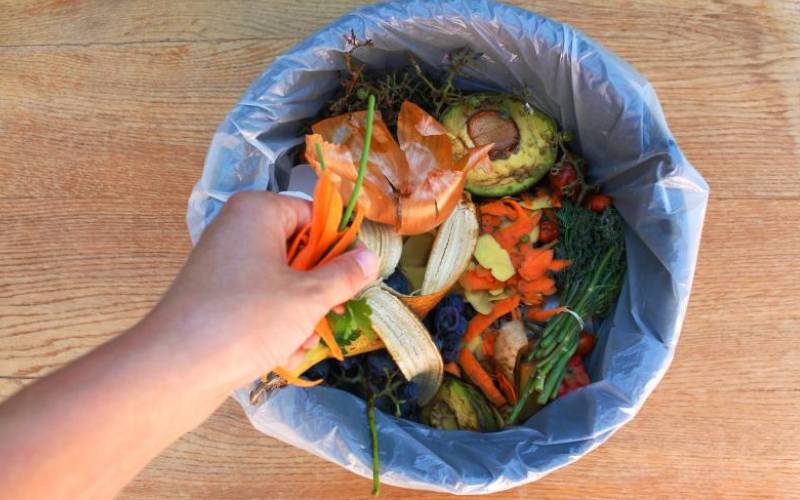Food waste is a big concern given that more than 30 per cent of food goes to waste through various means. One of the ways to address this problem is to make good use of kitchen waste. Kitchen waste can be recycled and converted into compost by using the worm bin or what is commonly known as a wormery.
These containers are specifically built to house a colony of worms that feed on the kitchen waste-producing nutritious worm compost.
The wormeries also generate a nutritious liquid fertiliser. Because vegetable waste constitutes a lot of water that drains at the base of the container, liquid fertiliser is collected as the water drip through the open at the base of the container. The worm composters don’t smell, take up very little space, and can be set in courtyards and balconies or as an addition to a traditional compost heap.

Worm container
The worm container is usually made up of at least two partitions — lower section collects liquid, which can be drained and used as liquid fertiliser. Then there is the upper section is where the worms live and where you’ll put your kitchen scraps to feed them. The upper section is where your compost, or worm castings, are made. A lid covers the container to protect the contents from drying out or becoming flooded due to rain.
Two compartments will work, but using a third compartment makes it easier to collect the worm compost. Make holes in the lower, middle, and upper chamber to ensure that the liquid produced by the worms flows down into the collection tray below. Once a tray is full, the holes enable worms to migrate up into a new tray so that compost from the vacated tray can then be harvested. The process continues as more nutritious fertiliser is converted from your kitchen scraps.
Caring for worms
For better mix, add food a little at a time to the top of the compost. Avoid adding too much food at any one time, as this risks creating an odour that will attract flies.
The worms will digest any vegetable kitchen scraps, including coffee grounds, that you’d typically add to compost, but avoid meat or animal products such as cheese which can attract flies.
Go easy on citrus peel and alliums like onion and garlic, too, as large amounts will make conditions too acidic for your worms. You can also add small amounts of weeds and leaves and a shredded, non-glossy newspaper or torn-up cardboard. Once the top tray’s full, swap it around with the empty middle tray and start filling that instead.
The worms will migrate up through the holes to where the food is, leaving the full tray empty of worms and ready for collection. Repeat this process each time the active tray becomes full up.
Choose trays or boxes to make your wormery with. It is recommended that you use plastic containers about 0.40×0. 50m and relatively shallow at just 20cm deep. You’ll also require a simple plastic water barrel tap, a drill and drill bits, and a lid for the top tray. You’ll also need starter worms, of course.

Worm tea or worm wee
The worm compost, known as worm castings or vermicompost, makes a great all-purpose soil conditioner, or add them to your potting mixes to give them a nutritional boost.
Drain the liquid off from the bottom tray whenever it collects. This nutritious liquid, often known as worm tea or worm wee, is a super elixir for your plants.
Stir one part of the liquid into ten parts water before using. And there you have it, a great, homemade worm bin that will keep you in excellent worm castings and liquid fertiliser.
Credit: Source link